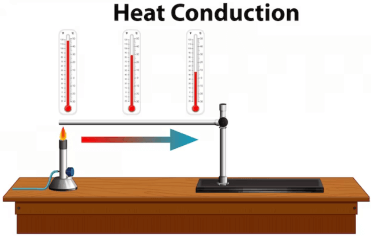Question
a.
greater
b.
lesser
c.
approximately equal
d.
half
Posted under Microbiology
Interact with the Community - Share Your Thoughts
Uncertain About the Answer? Seek Clarification Here.
Understand the Explanation? Include it Here.
Q. The ability of a competitive inhibitor to bind to an active site in an allosterically controlled enzyme is __________ than the ability of a non-competitive inhibitor to bind to an...
Similar Questions
Explore Relevant Multiple Choice Questions (MCQs)
Q. The ability of FADH to be oxidized is __________ than the ability of FAD to be oxidized.
View solution
Q. An endergonic reaction is one that
View solution
Q. Reduction is the
View solution
Q. If the Keq for an enzymatic reaction is greater than 1, the reaction
View solution
Q. An exergonic reaction is one that
View solution
Q. If the free energy change (ΔG) in a reaction is a negative value, it indicates that the
View solution
Q. To a living organism, which of the following has the greatest amount of available energy per molecule?
View solution
Q. Which of the following is the best evidence for the lock and key theory of enzyme action?
View solution
Q. In the reaction, C6H12O6+ 6O2 → 6CO2 + 6H2O + energy, which component is being oxidized?
View solution
Q. The fact that β-oxidation of fatty acids, occurs in the mitochondria whereas fatty acid synthesis occurs in the cytoplasmic matrix, is an example of regulation of enzymatic activity by the __________ mechanism.
View solution
Q. In the reaction, C6H12O6 + 6O2 → 6CO2 + 6H2O + energy, which component is being reduced?
View solution
Q. The affinity of an enzyme for its substrate, when the enzyme has a Km of 0.50 M will be __________ than the affinity of an enzyme for its substrate when the enzyme has a Km of 0.05 M.
View solution
Q. Anthranilate synthase, the first enzyme of tryptophan biosynthesis after the branch point shows feedback inhibition and repression due to
View solution
Q. A substrate binds to its enzyme at a location called the __________ site.
View solution
Q. Hydrogen and oxygen release enormous amounts of energy when they react. Yet, hydrogen and oxygen can be mixed together in a balloon and nothing will happen. Why?
View solution
Q. Adenosine triphosphate is a type of
View solution
Q. An enzyme that is always produced, regardless of the presence of substrates or the end products, is called
View solution
Q. About 7.3 kcal/mole are released when
View solution
Q. The ability of CTP to bind to aspartate carbamoyltransferase and shut down the synthesis of more CTP is an example of
View solution
Q. Oxidation is the
View solution
Recommended Subjects
Are you eager to expand your knowledge beyond Microbiology? We've handpicked a range of related categories that you might find intriguing.
Click on the categories below to discover a wealth of MCQs and enrich your understanding of various subjects. Happy exploring!








